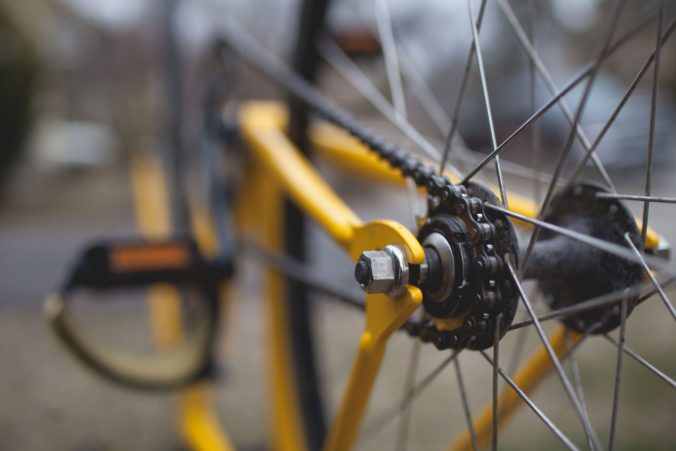It has been more than a decade, but I vividly remember when I got my son his first bicycle. I spent more than an hour in the store trying to make sure it was exactly what he wanted. I zeroed in on a silver-framed, single-speed BMX-styled bike with a hand brake for the rear tire. I also walked out the door with a matching helmet and a new set of training wheels. It was a week before his birthday, so I had to keep it hidden until the big reveal with the family.
As his birthday approached, I prepared myself for his first try at riding a bicycle. I knew that my son had been cautious from an early age, not wanting to try something unless he was sure he would succeed. A small setback could cause him not to want to ride his bicycle for weeks or months. I had to find a way to assure him that he wouldn’t fall and skin his knee the first time he tried. If I didn’t find a way, I wasn’t sure whether he would jump on the bike a second time, so I bought the training wheels to help him succeed.
In the grand scheme of things, training wheels can be viewed as a waste. They cost money, and they take time to install and maintain. They slow you down and make it harder to turn. They are a sign of a young rider who could potentially build bad habits. But, for many, they are the only way to learn to ride a bike. Although some learn without training wheels, most need them.
Agile training wheels: Opportunity for self-management
Teams can be the same way. Some teams will try, fail over and over again, and still pick themselves up to try again. Other teams, because of the personalities of people within the team or because of the corporate culture, freeze the first time they fail and want to go back to the old way of doing things. They feel safe with the familiar. For cautious teams, team training wheels work best.
For example, I led Agile transformation for a program with three project teams. One team was comfortable with the project manager telling them what to work on and who should do each task. In a perfect Agile world, team members would self-assign stories, but this team hadn’t had the opportunity to practice this skill. As a temporary solution, I started out by assigning stories and tasks to the various team members. (Please keep reading. I had an exit plan identified when I started assigning stories; I just didn’t tell the team yet.)
Like the training wheels on bikes, team training wheels come at a cost. They usually slow down the team and result in inefficiency. They can also build bad habits. If I had continued to assign stories, the team would have remained reliant on me, as they had been on the previous project manager. But if done right, the “training wheels” can give the team time to experience and practice a skill before having to take responsibility for it. The best training wheels are temporary and provide help in a specific area — in this case, self-assigning stories.
As with all projects, I couldn’t correctly predict how long the stories would take. Some team members would finish tasks early, and others would take longer. The team would ask what to do next. Over the next couple of sprints, I went from actively telling the team what to do to standing back and watching the team manage themselves. Before they knew it, team members were self-assigning stories and would even switch stories if an impediment showed up during the sprint.
Not all teams need training wheels, but for those that do, they can mean the difference between success and failure. For team training wheels to work, they need to be temporary and provide help in a specific area. Before starting with a set of training wheels, define an exit strategy with a rough idea of how long the training wheels will be on and what needs to be accomplished to be able to take them off.
Originally Publish on Scrum Alliance. – https://www.scrumalliance.org/community/articles/2018/january/does-the-team-need-training-wheels
Photo by Chris Becker on Unsplash
